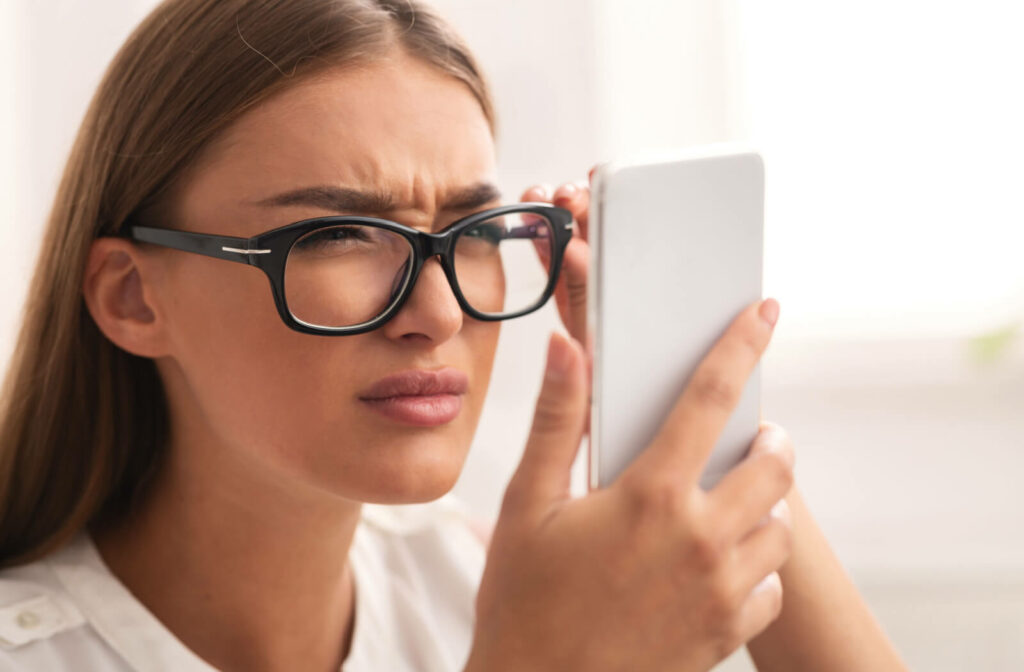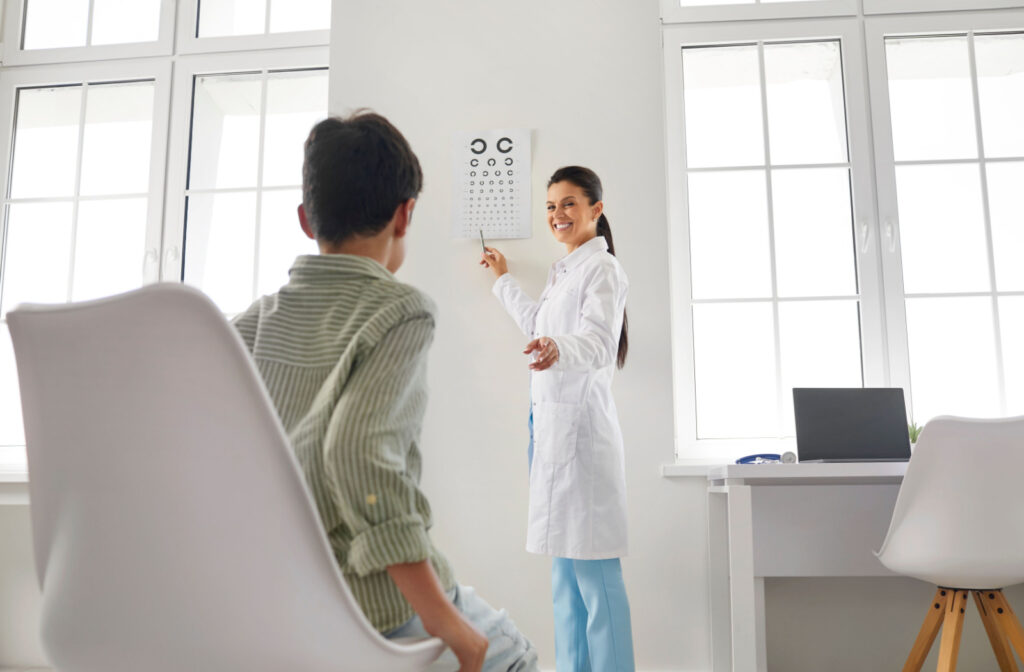Orthokeratology, often referred to as ortho-k, is a type of myopia control that involves wearing specialty contact lenses overnight that temporarily reshape your cornea. […]
What Is Orthokeratology? Your FAQS Answered




Orthokeratology, often referred to as ortho-k, is a type of myopia control that involves wearing specialty contact lenses overnight that temporarily reshape your cornea. […]

Over time, astigmatism can lead to headaches, light sensitivity, and difficulty seeing at all distances. Fortunately, you can visit your optometrist for a pediatric eye exam and discuss treatment options like eyeglasses, contacts, and even the potential of laser surgery once their eyes are done developing. […]

The axial length of the eye is the distance from the front of the cornea to the back of the eye and is measured in millimeters. It is an important factor in determining the refractive error of the eye. When the axial length of the eye is too long, it can cause myopia or nearsightedness. […]

Dyslexia is a complex learning disability that impacts millions of people nationwide. It can make it difficult for individuals with the condition to read, write, and comprehend written language. Over the years, various therapeutic approaches have emerged to address dyslexia, including vision therapy. While vision therapy can’t directly treat learning disabilities like dyslexia, it can […]

Double vision can be a concerning issue for anyone, but it can be especially concerning for your child. Double vision can impact a child’s daily life and even hinder their development. Double vision is most often a sign of a greater underlying condition, such as strabismus (crossed eyes) or amblyopia (“lazy eye”). Fortunately, many of […]

When it comes to vision challenges, there are 2 common problems that both happen to be refractive errors: myopia and hyperopia. Myopia is best known as nearsightedness and can make distant objects blurry, while hyperopia is the opposite—it causes farsightedness, which means nearby objects may appear blurry. Fortunately, both myopia and hyperopia can be treated […]

Blurry vision can impact all aspects of your daily life, so it’s essential to understand the common causes and how they’re addressed. Whether blurry vision is caused by myopia, medication, dry eye syndrome, or another condition, there are treatment options available—from prescription eyeglasses to laser eye surgery. Some of the causes of blurry vision include: […]

Your child’s vision is precious. They use their eyes to learn, play, and search for their place in the world. However, children’s eyes can change rapidly and should be monitored for problems before they have a chance to grow into something serious. A pediatric eye exam is one of the best ways to detect childhood […]

As a parent, you strive to ensure the well-being and health of your children, and few things are as worrying as seeing their vision getting worse. Fortunately, an eye exam can help you and your optometrist understand your child’s eyesight and could reveal they have myopia. Myopia is a progressive eye condition that can have […]

There are several options available to help manage the progression of myopia (nearsightedness). And if your optometrist recommends myopia-control contact lenses, you may notice there are several different options. Specialty contact lens development continues every day, and this can lead to a lot of confusion if you’ve recently started looking into this. And when it […]